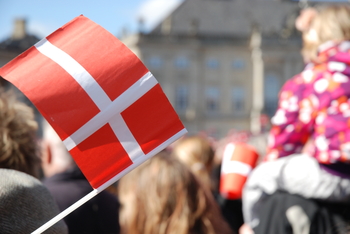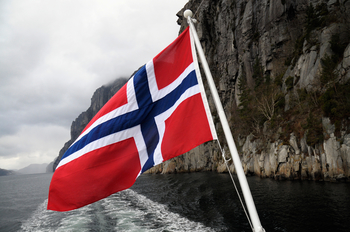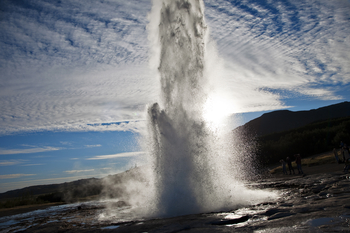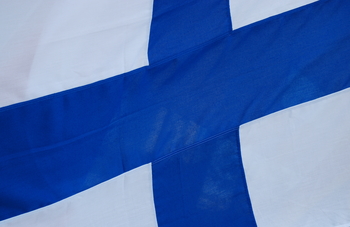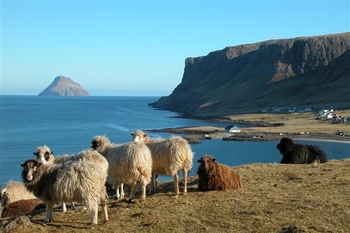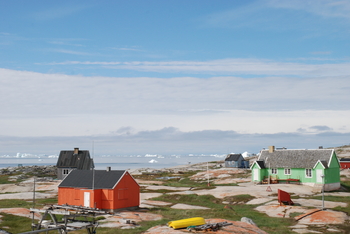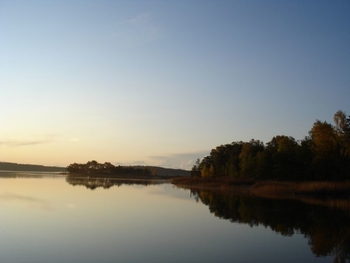Facts about Sweden
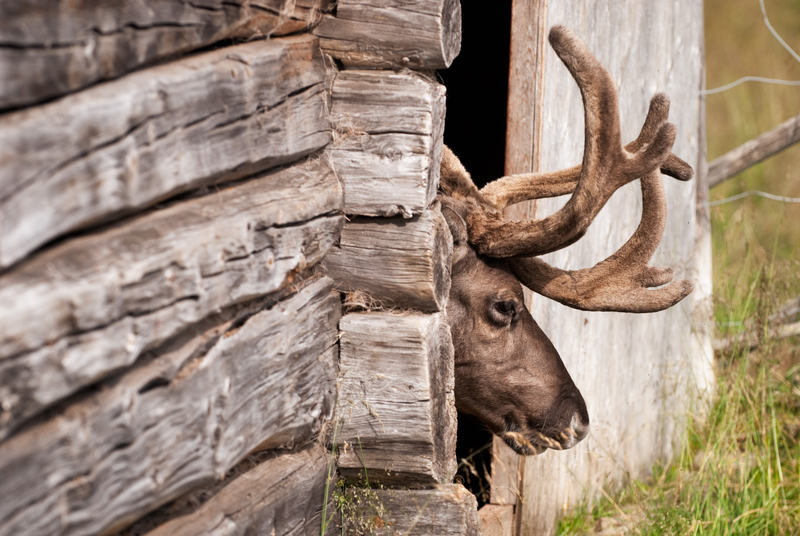
Sweden shares land borders with Norway in the west and Finland in the northeast. It also has coasts facing its Nordic neighbours Denmark, Norway, Åland and Finland.
Politics in Sweden
Sweden is a constitutional monarchy. King Carl XVI Gustaf has no real political power, and the parliament, Riksdagen, is the country’s highest authority.
Sweden is a member of the EU, but has retained the krona as its currency. Sweden is a member of NATO.
- National day: 6 June (National Day)
- Form of government: Constitutional monarchy
- Parliament: Riksdagen (349 MPs)
- Membership of the EU: Since 1 January 1995
- Membership of NATO: Since 7 March 2024
- Head of State: King Carl XVI Gustaf
- Head of Government (October 2022): Prime Minister Ulf Kristersson (Swedish Moderate Party)
Population
Sweden has the biggest population in the Nordic Region at 10.5 million. Nearly 2.5 million of them live in and around Stockholm. The northern part of the country is sparsely populated.
- Population in 2023: 10.521.556
- Population of the capital in 2023: 2.440.027 in Stockholm
Population trend
Economy
Sweden is a major exporter of goods and services. Its largest exports are electronics, machinery, cars, paper, iron and steel.
- GDR per capita: EUR 38,200 (2020)
- Currency: Swedish krona (SEK)
Geography
Historically, Sweden was divided into Svealand, Götaland and Norrland.
Almost 10% of the country consists of lakes and rivers. It also has huge coniferous forests, but despite this has 27,000 km² of arable land.
- Total area: 447,435 km² 1)
- Lakes and rivers: 40,124 km2
- Agricultural land and horticulture: 25,970 km2
- Forest and plantations: 25,970 km2
- Largest lake: Vänern 5,648 km2
- Highest point: Kebnekaise – 2,106 m
- Mainland coastline: 11,530 km
- Borders: 2,205 km (border to Finland: 586 km, Norway: 1,619 km)
- Ice cap and glaciers: 283 km²
Climate and environment
The climate reflects Sweden’s geography. Large parts of the country have a temperate climate, but the mountainous area in the north has a sub-Arctic climate.
- Average temperature, Stockholm (2022): 8.8°C (max. 34,8°C, min. -11,8°C)
Average temperature in Stockholm
Languages
- Official language: Swedish (main language)
- National minority languages: Finnish, Meänkieli, Sami, Romani and Yiddish
Interested in moving to Sweden?
If you are interested in moving to Sweden, contact Info Norden, the Nordic Council of Ministers’ information service.
Do you want to know more about Sweden and the rest of the Nordic countries?
The biennial report State of the Nordic Region provides a comprehensive and unique insight into the Nordic countries, drawing on statistical data on demographics, the labour market, education and the economy in the region.
Interested in more statistics?
We have collated relevant Nordic data and statistics in the Nordic Statistics database. The database covers multiple subject areas and all of the Nordic countries.
Explanations:
1) Includes the largest lakes but excludes the area from the coastline to the territorial boundary, 81,502 km².
